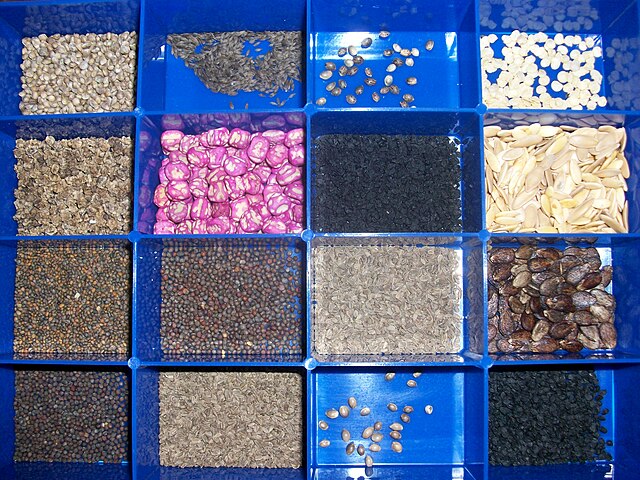Seed predation, often referred to as granivory, is a type of plant-animal interaction in which granivores feed on the seeds of plants as a main or exclusive food source, in many cases leaving the seeds damaged and not viable. Granivores are found across many families of vertebrates as well as invertebrates ; thus, seed predation occurs in virtually all terrestrial ecosystems. Seed predation is commonly divided into two distinctive temporal categories, pre-dispersal and post-dispersal predation, which affect the fitness of the parental plant and the dispersed offspring, respectively. Mitigating pre- and post-dispersal predation may involve different strategies. To counter seed predation, plants have evolved both physical defenses and chemical defenses. However, as plants have evolved seed defenses, seed predators have adapted to plant defenses. Thus, many interesting examples of coevolution arise from this dynamic relationship.

A strawberry aggregate accessory fruit damaged by a mouse eating the seeds (achenes).
Mouse eating seeds
In botany, a seed is a plant embryo and food reserve enclosed in a protective outer covering called a seed coat (testa). More generally, the term "seed" means anything that can be sown, which may include seed and husk or tuber. Seeds are the product of the ripened ovule, after the embryo sac is fertilized by sperm from pollen, forming a zygote. The embryo within a seed develops from the zygote and grows within the mother plant to a certain size before growth is halted.
Photomicrograph of various seeds
The inside of a Ginkgo seed, showing a well-developed embryo, nutritive tissue (megagametophyte), and a bit of the surrounding seed coat
Seed coat of pomegranate
A collection of various vegetable and herb seeds






